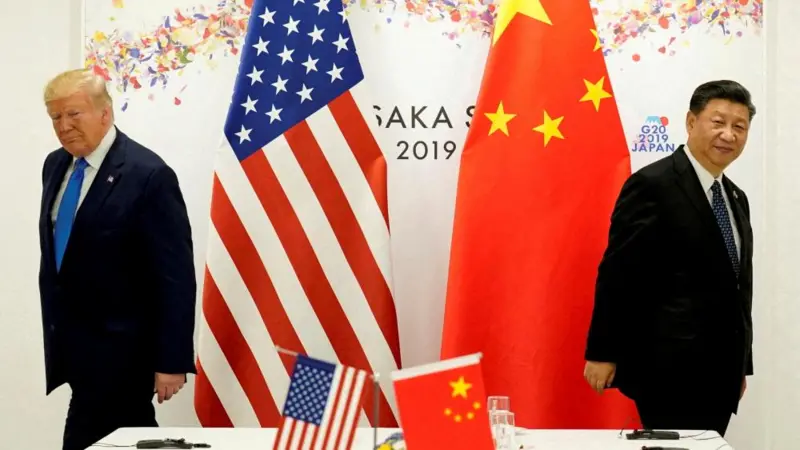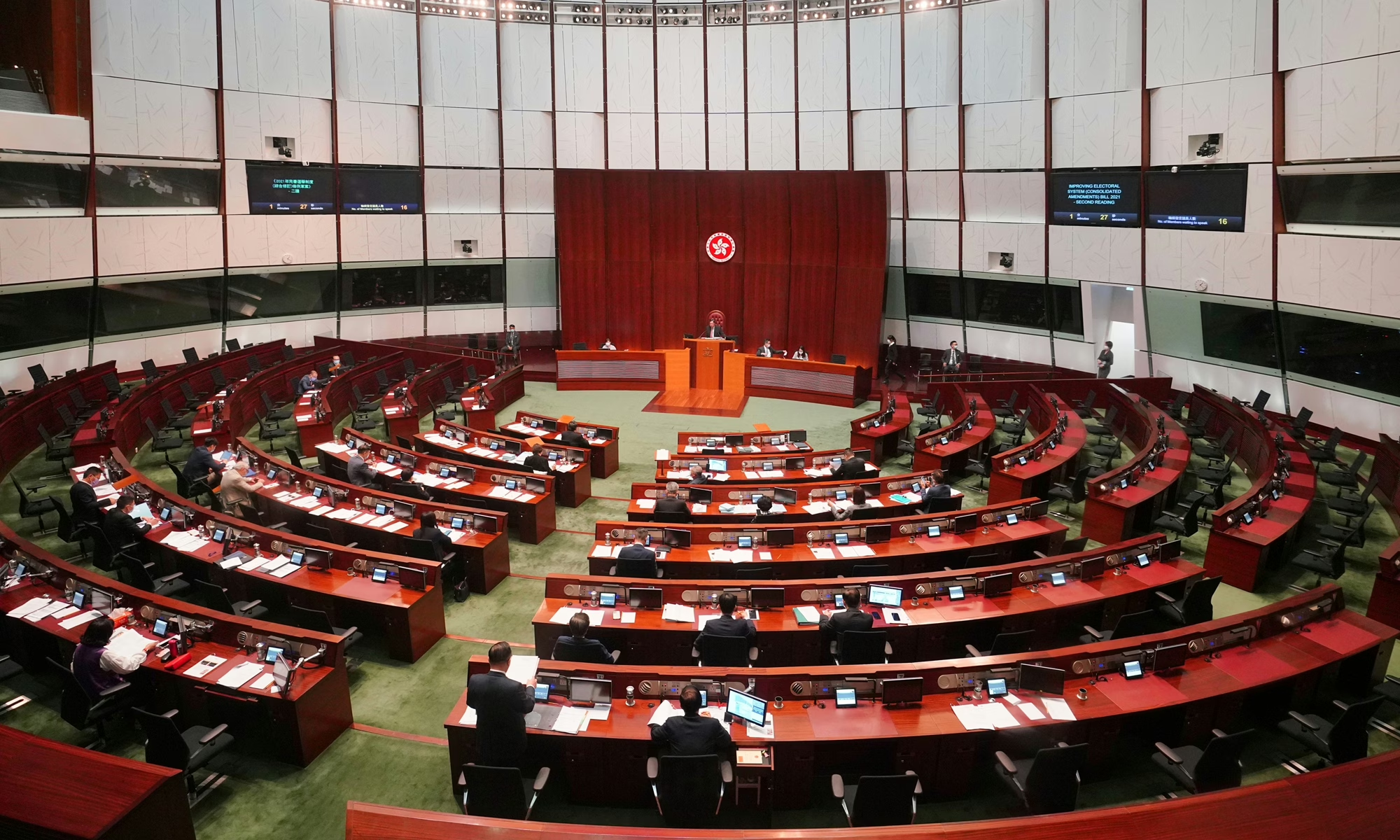As U.S. President Donald Trump imposes a staggering 125% tariff on Chinese goods, the U.S.-China trade war has reached a boiling point. Beijing has sought to rally Australia and Europe to form a united front against U.S. tariff pressures, but recent statements from both Australia and the EU reveal their reluctance to align with China, posing a significant challenge to Beijing’s strategy.
Beijing’s Outreach Met with Cold Responses
Following Trump’s announcement on 9 April of a 125% tariff on Chinese goods, China swiftly retaliated by raising tariffs on U.S. goods to 84% and began seeking international allies. On 9 April, Chinese Commerce Minister Wang Wentao held talks with EU Trade Commissioner Šefčovič, expressing a willingness to deepen trade and investment cooperation with the EU to jointly uphold the multilateral trading system. On the same day, Chinese Premier Li Qiang spoke with European Commission President Ursula von der Leyen, stressing the need for both sides to defend free trade. Additionally, China’s Ambassador to Australia, Xiao Qian, penned an article in The Sydney Morning Herald, urging Australia to “join hands” with China to safeguard multilateral trade, aiming to enlist Australia in the tariff war against the U.S.
However, both Australia and the EU have rebuffed Beijing’s overtures. On 9 April, Australia’s Deputy Prime Minister and Defence Minister Richard Marles explicitly rejected China’s proposal, stating that “Australia will not join China in responding to U.S. tariffs.” Marles emphasised that Australia would focus on trade diversification to reduce reliance on the Chinese market and prevent Chinese goods from being rerouted through Australia to the U.S. Prime Minister Anthony Albanese echoed this sentiment, asserting that Australia would “speak for itself” and not “hold China’s hand” in dealing with U.S. trade disputes. These statements reflect Australia’s preference to maintain its alliance with the U.S., particularly under the AUKUS security pact, which strengthens its security ties with Washington.
The EU, while open to some trade discussions with China—such as the 9 April agreement to resume talks on electric vehicle tariffs—faces deep-seated differences that make a full alliance unlikely. During her call with Li Qiang, von der Leyen reiterated the EU’s stance on the Russia-Ukraine war, urging China to play a more active role in the peace process and expressing dissatisfaction with China’s support for Russia. Moreover, the EU is increasingly wary of a potential influx of Chinese goods into its market. A 5 April report by the Financial Times noted that the EU is preparing to counter a surge of Chinese appliances and electronics with emergency tariffs and enhanced import monitoring. French Trade Minister Laurent Saint-Martin, while visiting Indonesia on 9 April, stated that the EU views the tariff war as harmful to all parties and prefers continued dialogue and negotiation with the U.S. over aligning with China.
Tariff War Context: U.S.-China Tensions Intensify
On 2 April, Trump announced his “Liberation Day” tariff plan, imposing a 10% baseline tariff on all imports and higher reciprocal tariffs on countries like China (34%), the EU (20%), and Japan (24%), triggering global market turmoil. On 7 April, Trump threatened to raise tariffs on China to 50% if Beijing did not withdraw its retaliatory tariffs by 8 April. By 9 April, Trump escalated the tariff on Chinese goods to 125%, while temporarily suspending higher reciprocal tariffs on other countries for 90 days, replacing them with a uniform 10% baseline tariff. This move is seen as an attempt to intensify pressure on China while easing tensions with other trading partners.
China responded on 10 April by raising tariffs on U.S. goods to 84% and implementing domestic economic stimulus measures, such as lowering key policy rates and expanding fiscal easing, to mitigate the impact of the tariff war. Simultaneously, Beijing has pursued diplomatic efforts to rally support, but the lukewarm responses from Australia and the EU highlight the growing risk of China’s international isolation.
Analysis: Why Australia and the EU Are Reluctant to Align?
Analysts point to several reasons for Australia and the EU’s reluctance to join forces with China. For Australia, while China remains its largest trading partner, its security alliance with the U.S.—notably through the AUKUS pact—and shared values make it more inclined to side with Washington in the U.S.-China rivalry. Australia also fears that aligning too closely with China could jeopardise its standing within the Western bloc.
For the EU, despite tensions with the U.S. over Trump’s tariffs, its long-standing alliance with Washington, particularly in security matters (e.g., NATO and support for Ukraine), remains a priority. The EU’s differences with China on values (such as human rights), the Russia-Ukraine war, and trade imbalances—evidenced by a €292 billion trade deficit with China in 2023—further hinder a united front. Additionally, internal divisions within the EU complicate matters: while Spain and Hungary are more open to cooperation with China (e.g., Spanish Prime Minister Pedro Sánchez visited China again in April 2025), countries like Germany are more cautious. Germany’s incoming Chancellor Friedrich Merz warned in January 2025 of the “huge risks” of investing in China, underscoring the EU’s fragmented stance.
Conclusion
Amid the escalating U.S.-China tariff war, Beijing’s attempts to enlist Australia and Europe in a united front against the U.S. are clear, but the tepid responses from both highlight the challenges China faces in securing international allies. As the tariff war intensifies, the uncertainty in global trade dynamics grows, with the focus now on how all parties will navigate this complex geopolitical chessboard in the months ahead.
Discover more from “Bridging Hongkongers. Reporting Truth.”
Subscribe to get the latest posts sent to your email.




